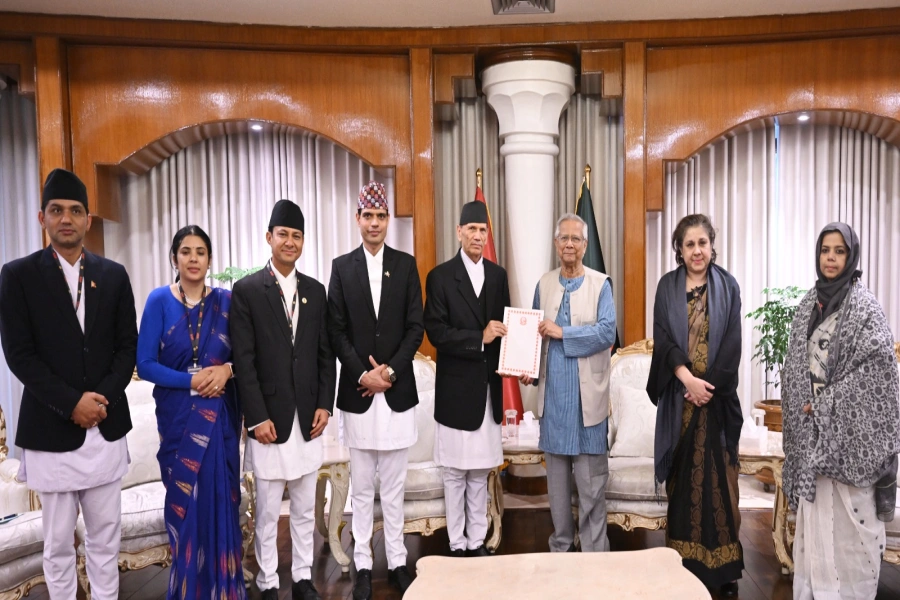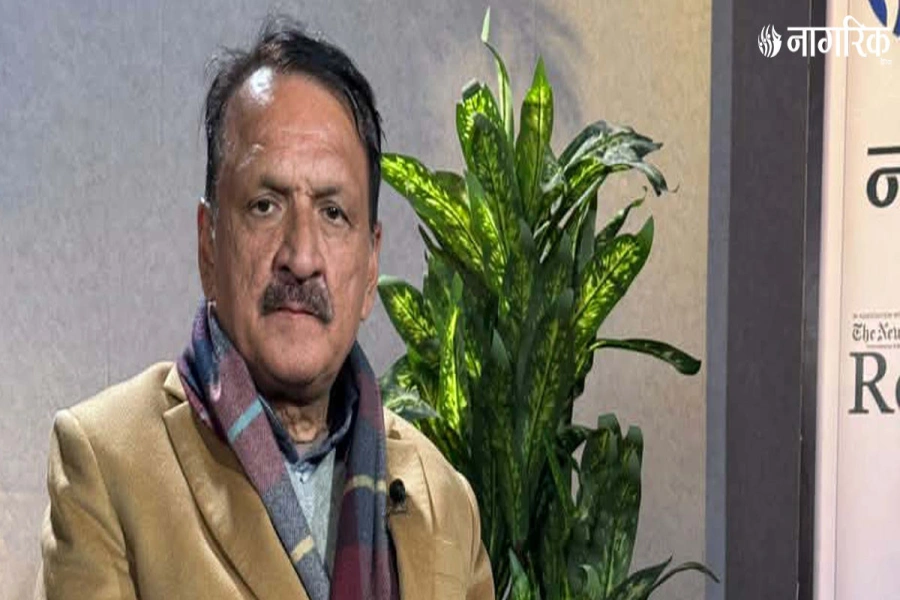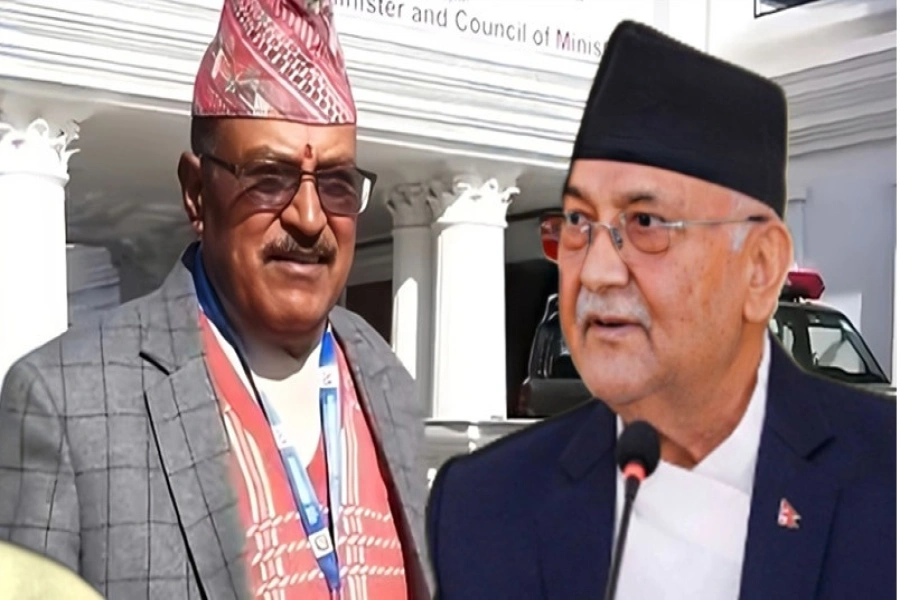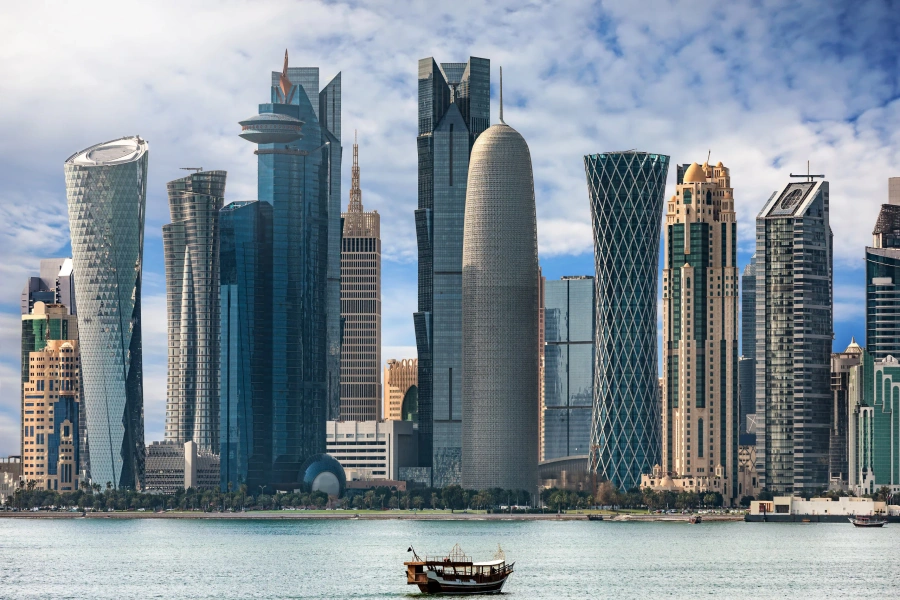Finding of uranium
The Department of Mines and Geology recently confirmed the presence of uranium in Upper Mustang. There are also reports of uranium deposits being found in Makawanur, Bajhang and Baitadi districts. If things go as planned, Nepal will be extracting uranium from Mustang within the next four years. The question is: What will we do with it? Uranium is used, among other things, to generate electricity and to make nuclear weapons. That is why the demand for it is high, and whenever there is high demand, there is black-marketing. The problem is: we don’t yet have laws governing extraction of valuable material from the ground. But even if we had them, they would be difficult to enforce. The government has, for example, banned the extraction of sand and aggregates from the vulnerable Chure range. But the ban has not affected illegal extraction by the ‘sand mafia’.
This makes the confirmed presence of a highly valuable material like uranium on Nepali soil a cause for concern.
The government has said it will try to make profit from the uranium mine at the earliest, even as it promises to “abide by international standards, conventions and laws” regarding trading of uranium ore. Not to put the cart before the horse, there first needs to be a detailed study over the quality and quantity of uranium in Mustang. But assuming that there is a fair bit of uranium ore and mining is commercially viable, there will be many other challenges. For instance the site where uranium has been found in Mustang is only 10 km from the Chinese border. China would surely have its say on extraction of a dangerous element like uranium that close. And if China is interested, India, which is also looking to modernize its nuclear capabilities, for both civilian and military use, will also surely try to influence where the extracted uranium goes. It would be unfortunate if the uranium mines in Mustang became yet another staging ground for Indo-China rivalry. But before we think of India and China, the first order of business would be to ensure that the mining takes place only under strict government supervision so that it is the Nepali state which benefits from it, rather than smugglers and other petty criminals.
The experience of other low-income countries like Niger and Malawi, two of the biggest miners of uranium in the world, is not encouraging. There is now a big body of research suggesting a strong link between ‘resource richness’ of a country and its vulnerability to conflict. It’s easy to see why. The resource-rich regions want maximum say over revenues accruing from extraction of local resources; the resource-poor regions, meanwhile, will argue that they deserve a higher share just because they don’t have anything of their own to sell. Research also shows that a country rich in underground resources tend to be authoritarian. Nepal is a country that has recently witnessed a civil war and has repeatedly flirted with dictatorship. If Nepal has a considerable amount of uranium, it could soon find that its newfound treasure trove is as much of a bane as it is a boon.
Not just any cake: A Bollywood homage to queen for Jubilee







































